How to Dispose of 2 L of Sulfuric Acid
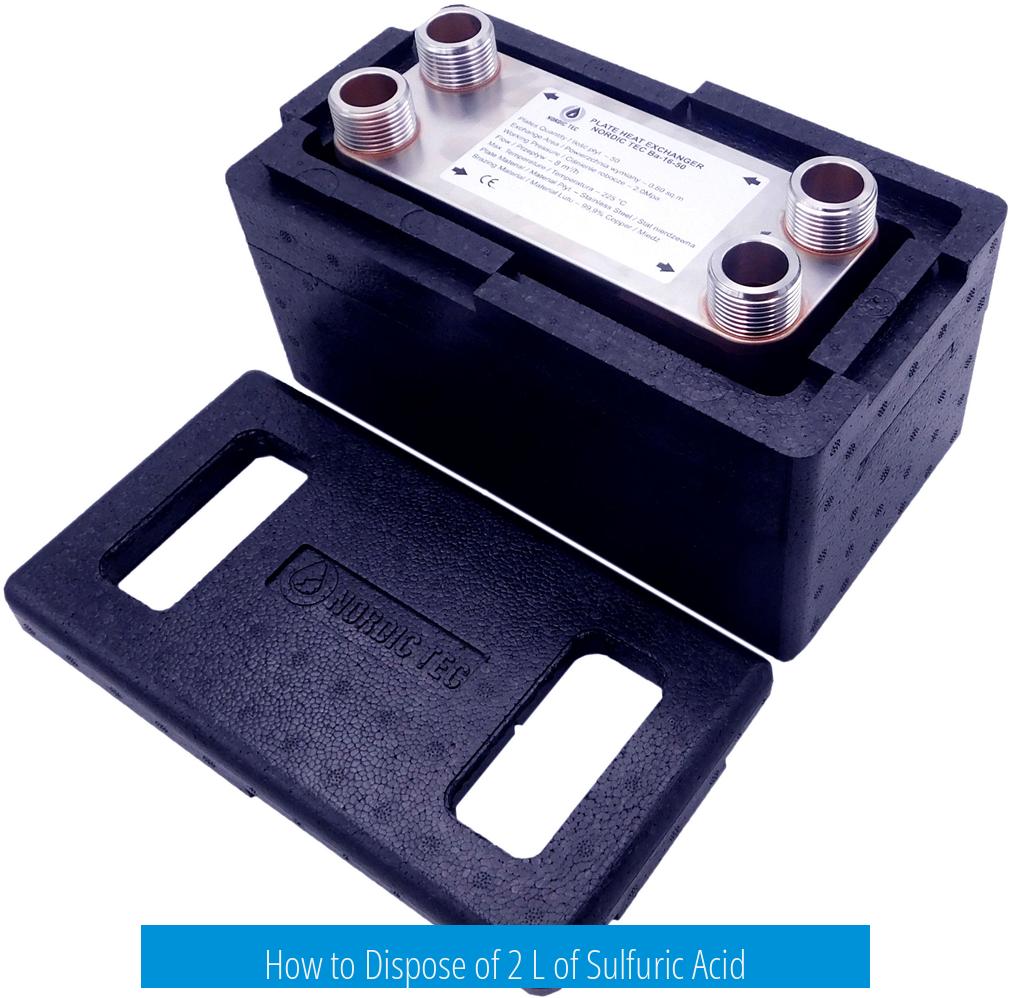
The best approach to disposing of 2 liters of sulfuric acid involves neutralizing it safely using baking soda (sodium bicarbonate) followed by proper drainage of the resulting solution. Direct drainage without neutralization or pouring acid into water can be dangerous and is not advisable. This process requires precautions, appropriate equipment, and adherence to safety guidelines to minimize risks.
Understanding Sulfuric Acid Disposal Challenges
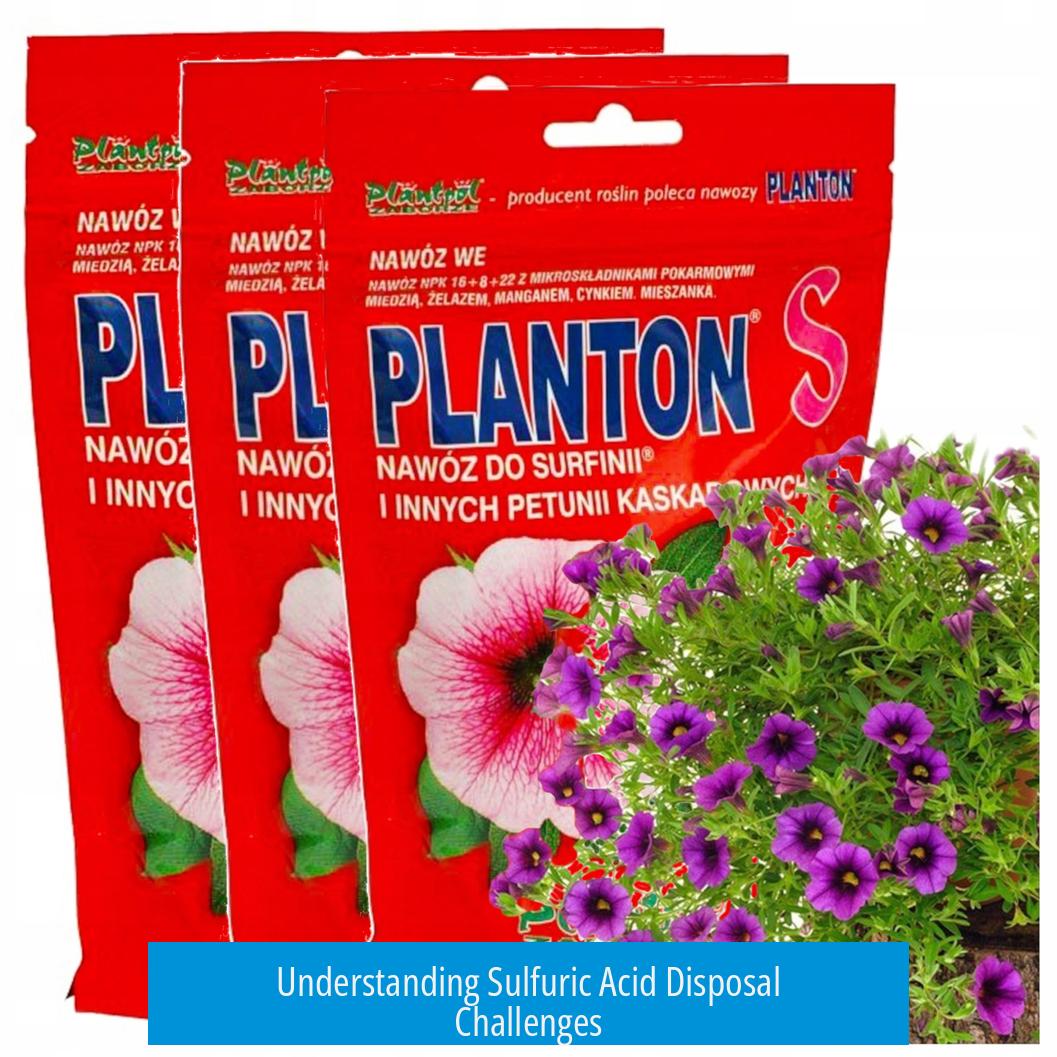
Sulfuric acid (H2SO4) is a strong mineral acid commonly used in laboratories, industry, and some household cleaning products. At 2 liters, this is a significant quantity that cannot be disposed of by simple dilution and drainage due to the corrosive nature of the acid and the heat generated on reaction with water.
Handling sulfuric acid improperly can cause chemical burns, generate hazardous aerosols, and damage plumbing or the environment. Consult the Safety Data Sheet (SDS) specific to your acid product before proceeding. The SDS details hazards, neutralization guidance, and transport considerations.
General Recommendations Before Disposal
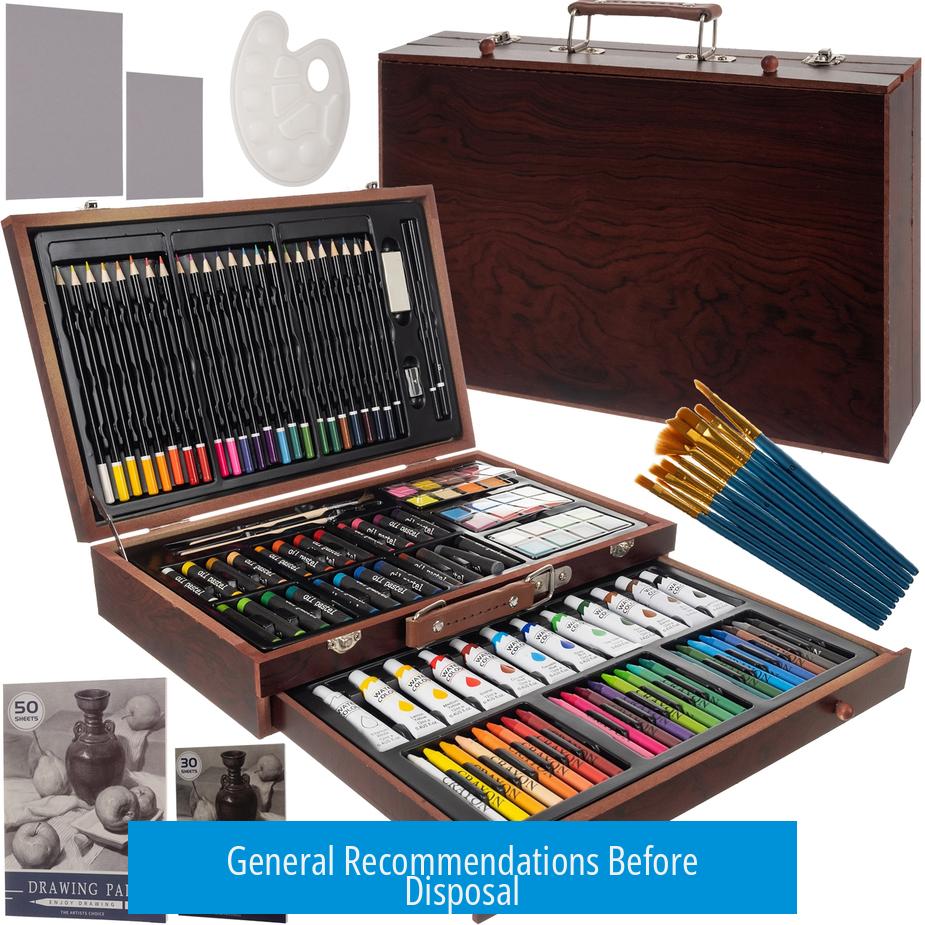
- Consider donating the acid. If the acid is still usable and not expired, some schools or educational institutions may accept donations for research projects.
- Check expiration and storage options. If no immediate disposal is required, properly cap and store the acid to avoid moisture absorption, which can cause overflow.
- Read the product’s SDS. For quantities around 2 L, review neutralization requirements and hazard information before proceeding.
Neutralization Process: Step-by-Step
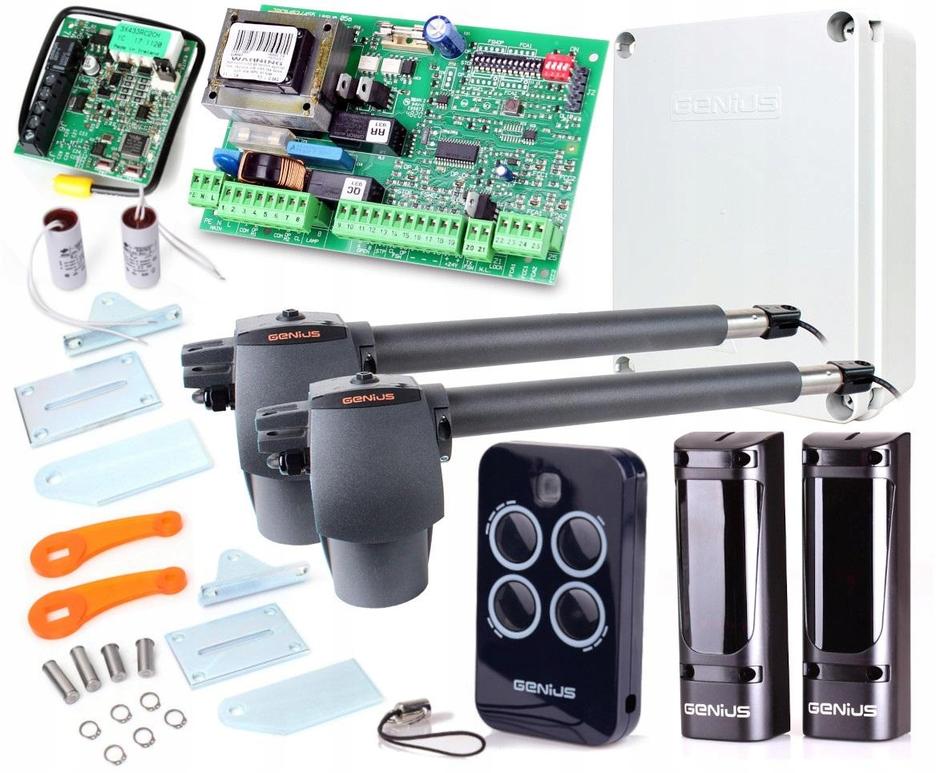
Equipment and Precautions
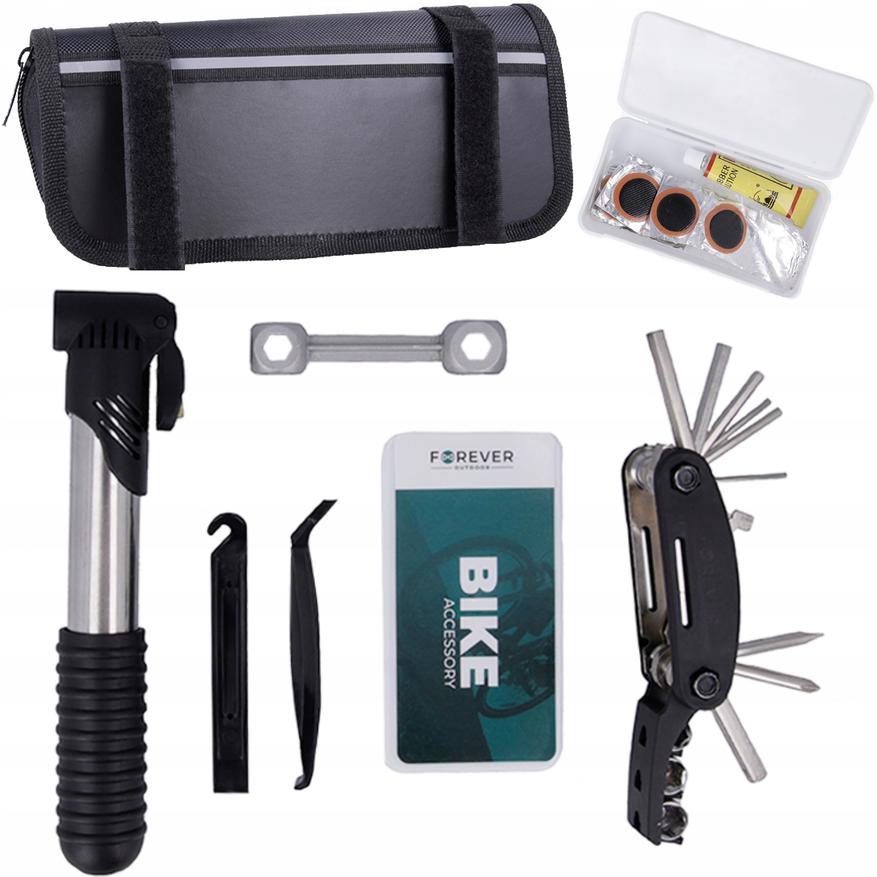
- Personal Protective Equipment (PPE): Wear chemical-resistant gloves, goggles, long sleeves, pants, and closed-toe shoes.
- Neutralization container: Use a large bucket (about 5 gallons) to contain the reaction and bubbling.
- Location: Conduct the process outdoors or in a well-ventilated area with a hose nearby for immediate cleanup.
- Spill management: If sulfuric acid contacts surfaces outside the bucket, flush the area with water for at least 3 minutes.
Neutralizing Sulfuric Acid with Baking Soda
The reaction between sulfuric acid and sodium bicarbonate (baking soda) produces carbon dioxide gas, water, and sodium sulfate paste. This reaction is exothermic (releases heat) and will bubble vigorously. Managing fizzing and heat is critical.
Materials Needed
- Approximately 6.6 kg of baking soda to fully neutralize 2 L of sulfuric acid.
- About 8 liters of water for dilution (based on 1 part acid to 4 parts water).
- Large plastic or chemical-resistant container (5 gallon recommended).
Neutralization Procedure
- Pour about 4 liters of water into the bucket.
- Slowly add 0.25 L portions of sulfuric acid to the water. Always add acid to water, never the reverse. Stir gently during addition.
- After each acid addition, sprinkle small amounts of baking soda gradually, allowing bubbles to subside before adding more.
- Continue this incremental process until the entire 2 L of acid is diluted and neutralized.
- Check the pH of the solution using pH paper or a meter. The final solution should be neutral (pH ~7) or slightly acidic but safe for disposal.
- Wait for bubbling to fully stop before proceeding to disposal.
Alternate Neutralizing Agents
Baking soda produces carbon dioxide aerosol, which can be unpleasant and potentially harmful if inhaled in large quantities. Using crushed limestone chips or garden lime is an alternative. These materials neutralize acid with less aerosol formation but require similar precautions.
Disposal of the Neutralized Solution
Once neutralization is complete, the resulting solution is mainly water and sodium sulfate, which is much less hazardous. It can be disposed of safely down a drain connected to municipal wastewater systems or an appropriate sewer system. Avoid disposal to septic systems.
Alternatively, evaporation can recover solid sodium sulfate from the solution, which may be reused or disposed of as solid waste according to local regulations.
Alternative Disposal Considerations
- For very small quantities, heavy dilution with water and slow drainage to the sink may be possible, but this is not advisable for 2 liters due to the risk and heat generation.
- Do not dump acid directly into drains, water bodies, or environment without neutralization.
- If no proper disposal or neutralization options exist, contact local hazardous waste disposal facilities for guidance.
Safe Storage Practices
If disposal is not immediately needed, keep the sulfuric acid container tightly sealed. Exposure to air causes the acid to absorb moisture and possibly overflow. Proper storage prevents accidental spills and degradation of the acid.
Sulfuric acid can also serve as a drain cleaner if stored carefully, especially for those without septic systems.
Summary of Key Disposal Steps for 2 L Sulfuric Acid
- Consult the SDS for product-specific safety and disposal information.
- Consider donating acid if unused and unexpired.
- Wear full PPE when handling acid and conducting neutralization.
- Use a large container outdoors for neutralization to contain heat and bubbling.
- Slowly pour acid into water at a 1:4 ratio while stirring.
- Add approximately 6.6 kg of baking soda incrementally until bubbling stops.
- Confirm the solution is neutral or slightly acidic before disposal.
- Dispose neutralized solution down the drain; rinse acidic spills for at least 3 minutes with water.
- Store any leftover sulfuric acid tightly sealed to avoid moisture absorption.
How Do I Dispose of 2 L of Sulfuric Acid?
If you’re staring down 2 liters of sulfuric acid and wondering how to safely get rid of it, the answer is clear: you neutralize it carefully using sodium bicarbonate (baking soda) before disposal. Directly dumping 2 liters down the drain isn’t a great idea. This task requires attention, safety precautions, and an understanding of chemistry basics. Let’s dive into the best, safest steps to tackle this without turning your home into a science disaster zone.
Sulfuric acid (H2SO4) is no joke—it’s highly corrosive and exothermic during neutralization, meaning it generates heat. Handling it improperly can cause burns or release harmful aerosols. So, safety first!
First Step: Check What You’ve Got and Whether You Can Use It Again
- Look at the Safety Data Sheet (SDS). This document gives you crucial info on handling, exposure risks, and disposal guidelines. For 2 liters, those instructions matter.
- Is your acid expired? or you just don’t need it now? Why not donate it? Schools and educational labs often seek chemicals for experiments. Passing it on could be your safest and most responsible disposal.
- If you’re storing it, keep the container capped tight. Sulfuric acid absorbs water vapor from air, which can make it overflow or dilute unexpectedly.
If none of these options work, the neutralization process is your next best bet.
The Neutralization Process: How to Turn Acid into Harmless Saltwater
You’re about to get a chemistry crash course! To neutralize sulfuric acid, mix it carefully with sodium bicarbonate (aka baking soda). Here’s the catch: it takes about 6.6 kilograms of baking soda to neutralize 2 liters of sulfuric acid fully. That’s a chunky amount—this isn’t a light sprinkle on your cookies; it’s serious chemistry.
Safety gear is mandatory. At minimum, gloves, goggles, closed-toe shoes, long sleeves, and pants. If you want to impress your neighbors, a lab coat is optional but recommended.
Step-by-Step Method
- Use a large container—like a 5-gallon bucket—to handle the reaction. It’s large for a reason. The neutralization is exothermic, meaning the mixture heats up rapidly and bubbles like a tiny, dangerous volcano.
- Add water first—about four parts water to one part acid. Always pour acid into the water slowly. Do not pour water into acid.
- Pour about 1/4 liter of sulfuric acid slowly into the water, stirring gently.
- Gradually add baking soda in small amounts. Bubbling and fizzing indicate the acid is reacting. Wait for bubbling to subside before the next spoonful.
- Repeat the above steps for all 2 liters. Essentially, you’re doing multiple 1/4 liter portions for control and safety.
Important tip: Neutralization creates heat and aerosols, so perform this outdoors with a hose or water supply nearby. If acid drips anywhere other than your bucket, flush the spot with water for at least 3 minutes immediately.
Alternative Neutralizer: Limestone Chips
If that aerosol is sounding gross—or you simply don’t want to inhale baking soda particles—limestone chips (available at garden stores) offer an alternative neutralizing agent. They react slower but reduce nasty mists. However, the baking soda method remains the most common and accessible.
After Neutralization: Disposal and Cleanup
Once bubbling stops completely and the pH is neutral or slightly basic (check with pH strips if you’re keen), congratulations—you’ve made the liquid safe! The result is a sulfate salt solution, mostly harmless for typical drains.
- At this stage, pour the neutralized solution down the sink without hesitation.
- If you’re environmentally thrifty, evaporate the solution to recover sodium sulfate, a useful byproduct.
- Double-check that no acid residue remains in your workspace. Clean up spots with water.
Dilution Alone Isn’t Enough for This Volume
It’s tempting to think, “Eh, I’ll just dilute and dump it down the sink,” but 2 liters is quite a lot. Dilution alone might cause local harm or disrupt wastewater treatment. Always prefer neutralization when dealing with liters of sulfuric acid.
Pro Tips To Wrap This Up Smartly
- Consult your local hazardous waste facility. Some areas accept small amounts of lab acids—they handle disposal professionally.
- Storing residual acid is fine if sealed properly, especially if you don’t have a septic system and want to use it later for drain cleaning. It’s effective and cost-saving.
- If you need to dispose and doubt your setup, contact local authorities or a chemical waste disposal expert. Your safety is worth the effort.
Putting It All Together
| Step | Action |
|---|---|
| 1 | Check SDS and decide if the acid can be reused or donated. |
| 2 | Wear full PPE (gloves, goggles, long sleeves, pants). |
| 3 | Use a large bucket; add 4 parts water. |
| 4 | Slowly pour 1/4 L acid into water and stir. |
| 5 | Add baking soda incrementally; wait for bubbling to calm. |
| 6 | Repeat until all acid neutralized. |
| 7 | Test pH, dispose neutralized solution down drain or evaporate if preferred. |
| 8 | Flush any spills with lots of water for 3 minutes. |
Conclusion
Disposing of 2 liters of sulfuric acid safely isn’t trivial, but it’s doable with care. Neutralization with baking soda in a controlled, slow manner, combined with correct PPE and outdoor setup, makes the acid safe to dispose of down your drain. If you’re not keen on handling chemicals, giving it to a school or professional disposal centers is a wise choice.
Remember: safety first, patience second, and your environment third. Handling strong acids responsibly today keeps your home and planet safer tomorrow. Now, who’s ready to play chemist—but safely?
How much baking soda do I need to neutralize 2 L of sulfuric acid?
You need about 6.6 kg of baking soda (sodium bicarbonate) to fully neutralize 2 liters of sulfuric acid. Add it slowly in intervals while monitoring bubbling until it stops.
What is the correct way to mix sulfuric acid with water during disposal?
Always pour acid slowly into water, never the other way around. Use a ratio of about one part acid to four parts water to dilute safely before neutralizing.
Can I dispose of sulfuric acid down the drain without neutralizing it?
For 2 liters, neutralization is necessary. Do not pour acid directly down the drain. Neutralize it first with baking soda until the solution is neutral or slightly acidic.
What personal protective equipment (PPE) should I wear when neutralizing sulfuric acid?
Wear gloves, goggles, closed-toe shoes, long sleeves, and pants. The neutralization releases heat and bubbling which requires full PPE and caution.
Where should I perform the neutralization process?
Do it outside to avoid indoor hazards. Keep a hose ready to rinse spills and clean the area if any acid contacts surfaces other than the container.
Can I keep leftover sulfuric acid instead of disposing it?
Yes, keep it tightly capped to avoid water absorption and spills. If you lack a septic system, you can store it to use later as a drain cleaner or donate to schools for projects.


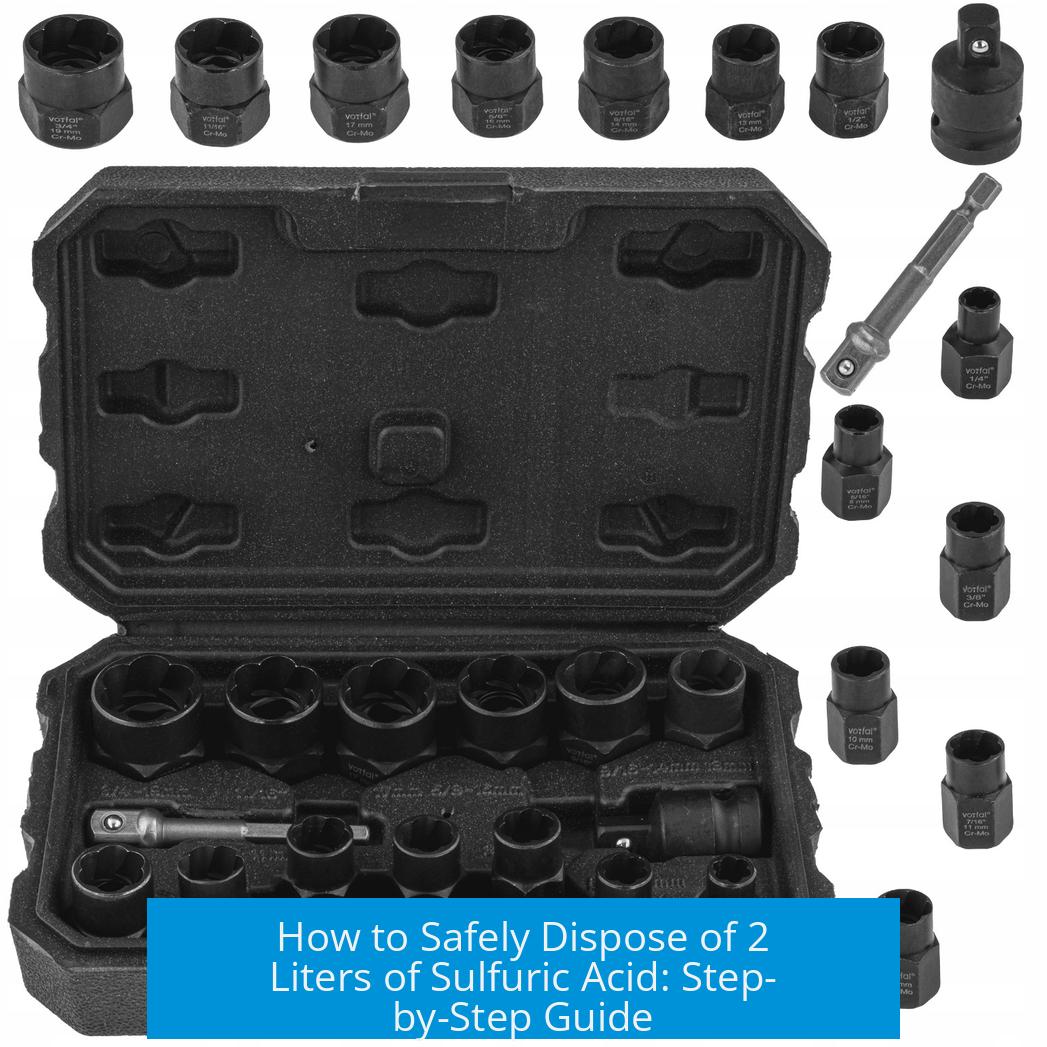
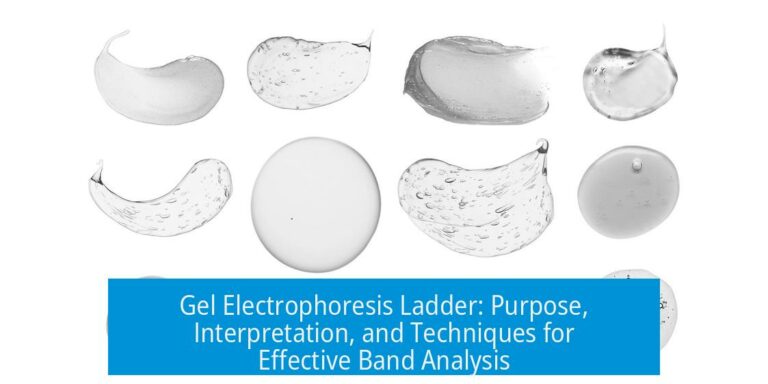
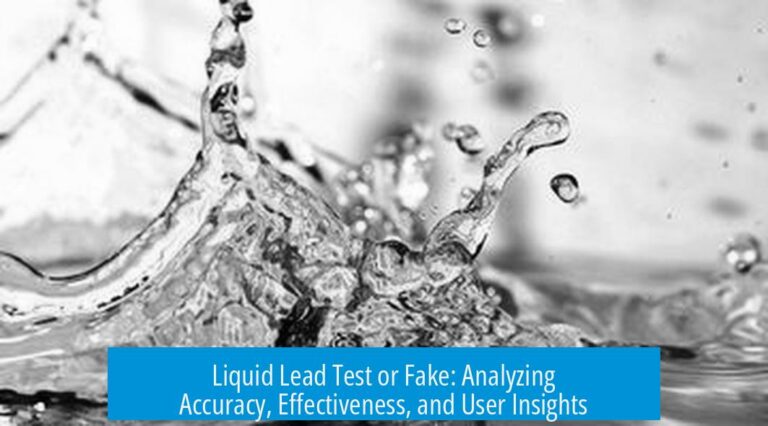
Leave a Comment